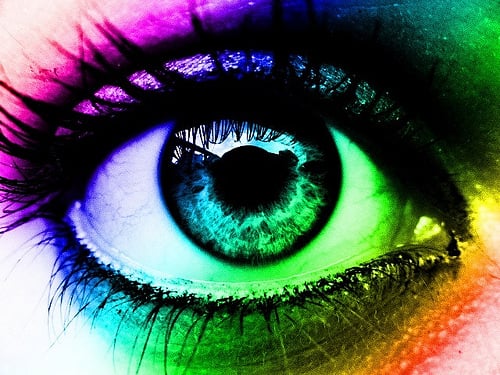Everything you need to know about the color of your eyes and your vision.
When it comes to our appearance and our looks, there are many different adjustments and changes that we can make to alter the way that we present ourselves to the outside world. For instance, some people may dye or highlight their hair in order to change their physical appearance, while others may use braces or laser eye surgery in order to help improve their day-to-day lifestyle and functions.
However, there is one aspect of our physical appearance that is decided on from a very young age and often sticks with us until the end of our days―our eye color. Because many people claim that our eyes are the window to our soul, it is only natural that the color of our eyes plays a large role in how we appear to other people. For instance, for a long time, bright blue eyes were often thought of as a sign of beauty to many people in the United States.
In fact, our eye color has become such an important physical trait in our society that many people have turned to products such as colored contact lenses in order to mask their real eye color with one that is more appealing to them. Many parents will also try to determine what color eyes their child will have before they give birth.
All in all, the color of our eyes comes down to a complex system of genes that combine in many different ways to determine certain physical characteristics about ourselves, such as our eye color. In order to help you understand more about this wonderful vision trait, we have put together some basic information about genes and eye color:
How Eye Color Is Decided
There are many different features and aspects that make up our eyes. However, the colored part of our eye which has pigmentation that determines our overall color is called the iris. The color of our iris originates with three simple genes, which we inherit from our parents, and these genes account for the most common colors―green, blue and brown. A child’s eye color typically comes from the color that is most “dominant” among the genes passed down from the parent, with darker colors (browns) typically being the most dominant.
A Difference In Eye Color
In rare cases, some children may be born with two different irises that do no match in color. For instance, one eye that is bright blue while the other is a dark brown. This is usually caused by faulty developmental pigment transport during or shortly after birth. While this vision defect is unusual and rare, it holds nothing to have medical concern over.
Changing The Color Of Your Eyes
In many situations, a person’s eye color can begin to change over time. In fact, this happens so often that 10 to 15 percent of the Caucasian population (people who generally have light eye colors) experience a change of color in their eyes as they grow older. This often occurs as a response to our pupil size changing over time. For instance, if the pupil enlarges, the pigments in our iris tend to spread out, causing a lighter color. However, if the pupil gets smaller, the pigments in the iris push together to cause a darker color.
While the color of our vision does not play a large role in our ability to see clearly, it does usually make up a large part of our physical appearance and looks. However, no matter what color eyes you may have―hazel, blue, brown, grey, green―it is important that you take care of your vision so that your beautiful eyes are healthy for many years to come.
Image: Source
